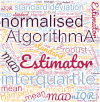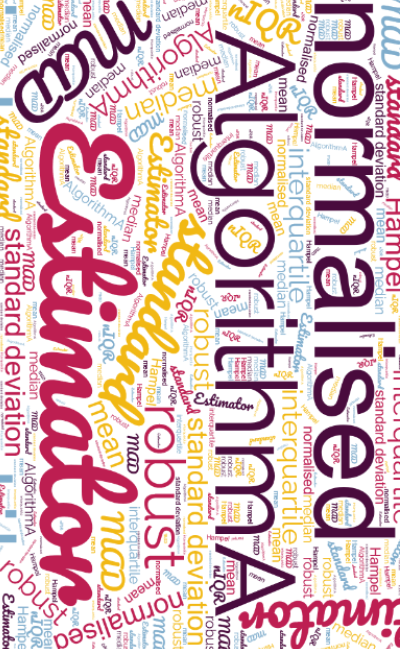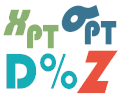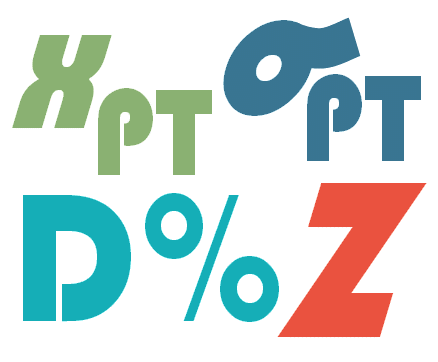Understanding PT statistics

Content
 The Eurachem Guide on “Selection, Use and Interpretation of Proficiency Testing (PT) Schemes” recommends participants to consider the statistical approach used by the PT provider when selecting a PT scheme. This leaflet is intended to help participants in quantitative PT schemes to better understand the statistical parameters that are used in the PT report to describe the distribution of results reported by participants.
The Eurachem Guide on “Selection, Use and Interpretation of Proficiency Testing (PT) Schemes” recommends participants to consider the statistical approach used by the PT provider when selecting a PT scheme. This leaflet is intended to help participants in quantitative PT schemes to better understand the statistical parameters that are used in the PT report to describe the distribution of results reported by participants.
Availability
The leaflet is currently available in English, German and Czech.
- Download the English version (670 kB) (2024-05-21)1
- Download the Czech version (1.2 Mb) (2025-04-19)
- Download the French version (1.1 Mb) (2025-05-23)
- Download the German version (1.2 Mb) (2025-04-19)
- Download the Italian version (1.0 Mb) (2025-05-23)
- Download the Romanian version (1.1 Mb) (2025-09-27)
- Download the Spanish version (1.1 Mb) (2025-05-23)
- Download the Turkish version (992 kb) (2025-09-26)
Translation
Please consult the PT Working Group Chair if you would like to prepare a translation in your own language.
Notes
1. Dates show date of publication of the linked file on this website.



 All proficiency testing schemes include an assessment of laboratory performance. Most compare a laboratory result with an assigned value, and assess performance based on the difference and a criterion for successful performance. Often, this assessment also involves calculating a score for consistent interpretation across rounds and, sometimes, across PT schemes. But there are many different ways of determining an assigned value and setting a criterion for performance assessment, and there are several different scoring methods.
All proficiency testing schemes include an assessment of laboratory performance. Most compare a laboratory result with an assigned value, and assess performance based on the difference and a criterion for successful performance. Often, this assessment also involves calculating a score for consistent interpretation across rounds and, sometimes, across PT schemes. But there are many different ways of determining an assigned value and setting a criterion for performance assessment, and there are several different scoring methods. 
 This leaflet is intended as a comprehensive checklist outlining the key steps to consider when participating in a proficiency testing (PT) scheme. Selection of an appropriate PT scheme must be ensured [1]. It provides essential tips to help participants avoid common mistakes and achieve successful outcomes. The main stages of PT participation are covered, from receipt of PT items through to the review of received evaluations [1-3]. Documentation of outcomes for many of the topics addressed below is recommended, particularly for accreditation purposes.
This leaflet is intended as a comprehensive checklist outlining the key steps to consider when participating in a proficiency testing (PT) scheme. Selection of an appropriate PT scheme must be ensured [1]. It provides essential tips to help participants avoid common mistakes and achieve successful outcomes. The main stages of PT participation are covered, from receipt of PT items through to the review of received evaluations [1-3]. Documentation of outcomes for many of the topics addressed below is recommended, particularly for accreditation purposes. Eurachem Information Leaflets are short briefing documents on a specific topic. Information leaflets are usually intended to inform a wide audience, including laboratory staff, managers and laboratory customers.
Eurachem Information Leaflets are short briefing documents on a specific topic. Information leaflets are usually intended to inform a wide audience, including laboratory staff, managers and laboratory customers.